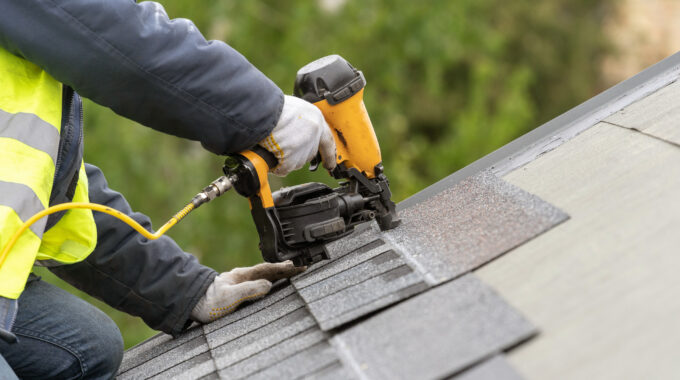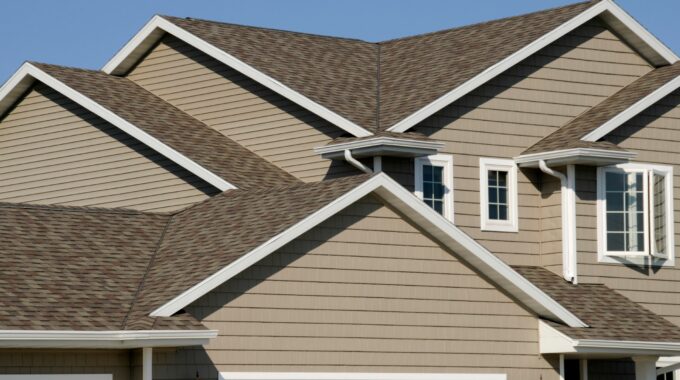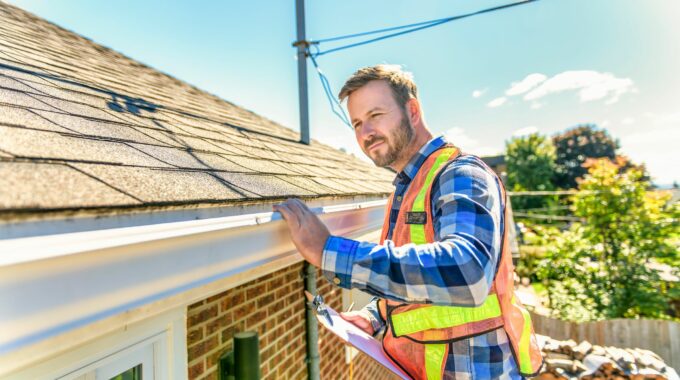
How Are Roofing Shingles Made?
Roofing shingles are essential for any roof to provide protection against the elements. Shingles are those little pieces of material that tile together to form your roof. You might have stepped over your own for cleaning out your gutters or noticed a problem with them. Sooner or later, curiosity gets the better of us all and we wonder – just how are roofing shingles made?
Obtaining the Raw Materials
Most roofing shingles are made up of asphalt, with some synthetic, wood and aluminum shingles making up the rest of the shingles found in the United States. Asphalt roofing shingles are made using a foundation as a base, which is either organic felt or fiberglass. The organic felt is made up of once-living materials like recycled paper or wood. The fibers of these organic materials are turned into a water-based pulp, then into sheets, then dried, then cut into strips, and, lastly, wound into rolls.
For fiberglass-based asphalt shingles, the fiberglass material is made by chopping very fine glass filaments and mixing them with water to form another pulp. Then this pulp is turned into a sheet. Water is then vacuumed out and a binder is applied to the sheet. Then, this sheet is sliced to the dimensions to make shingles and rolled. The fiberglass-based asphalt shingles are more prevalent than the organic felt ones are since fiberglass was found to not absorb as much asphalt as the organic felt shingles do. Due to this, fiberglass shingles weigh less than the organic felt shingles.
The Manufacturing Process
The asphalt itself can either be found naturally, or usually from the result of crude oil refining. Either way, this asphalt is then oxidized in a process called blowing, which bubbles air into the hot asphalt, causing a chemical reaction. Then, strips of thermoplastic adhesive are applied to most shingles during the manufacturing process. This thermoplastic adhesive is to be heated by the sun once the shingles are installed. The heat causes the thermoplastic to bond with the other shingles that overlap its own shingle and strengthens it against the wind. If you are not sure what thermoplastic material is, think about lines on the road and stop bars. The material used to paint those lines on the road is a type of thermoplastic material.
Want to Know More About Roofing Shingles?
We can help! We specialize in roofing and its materials, please call us at 855 By-Carls to learn more!





